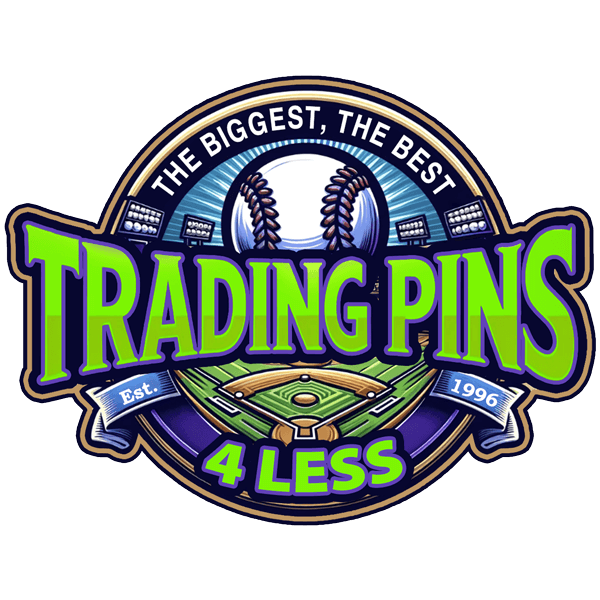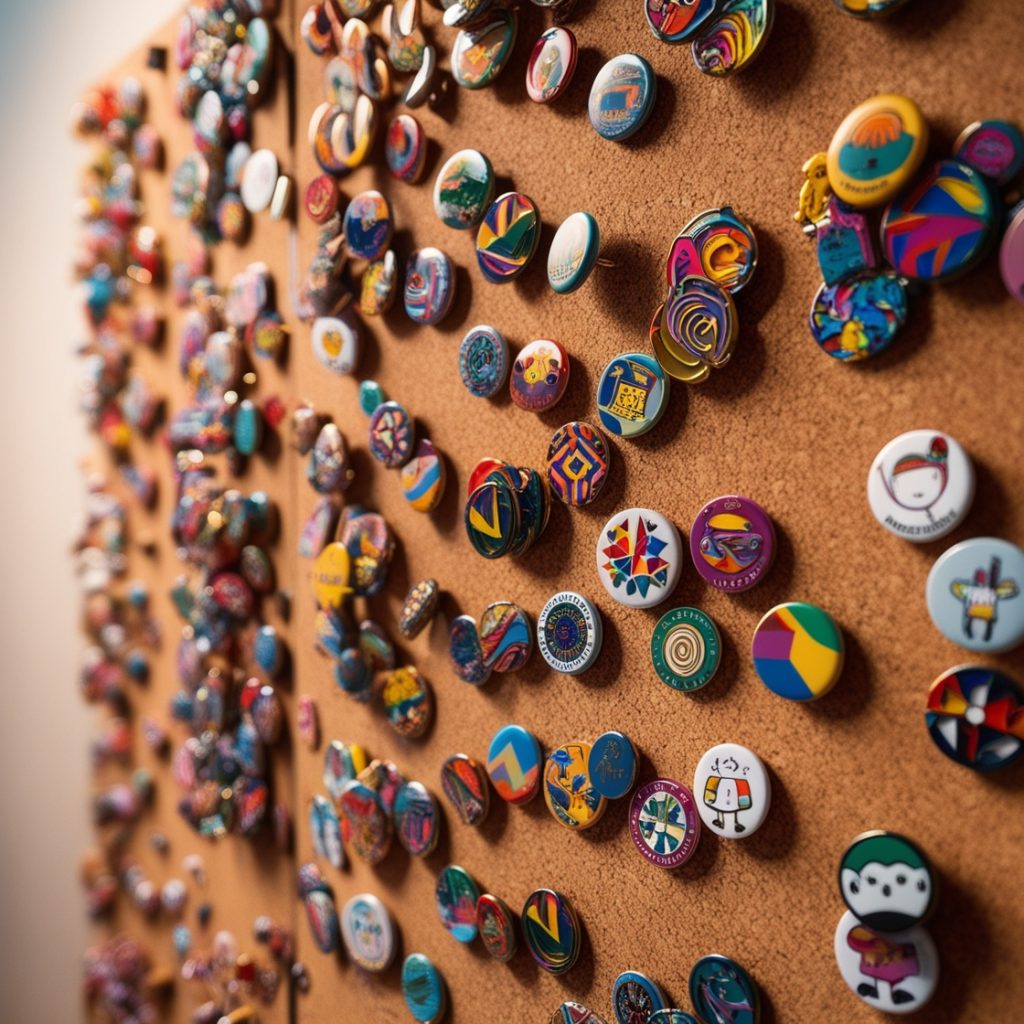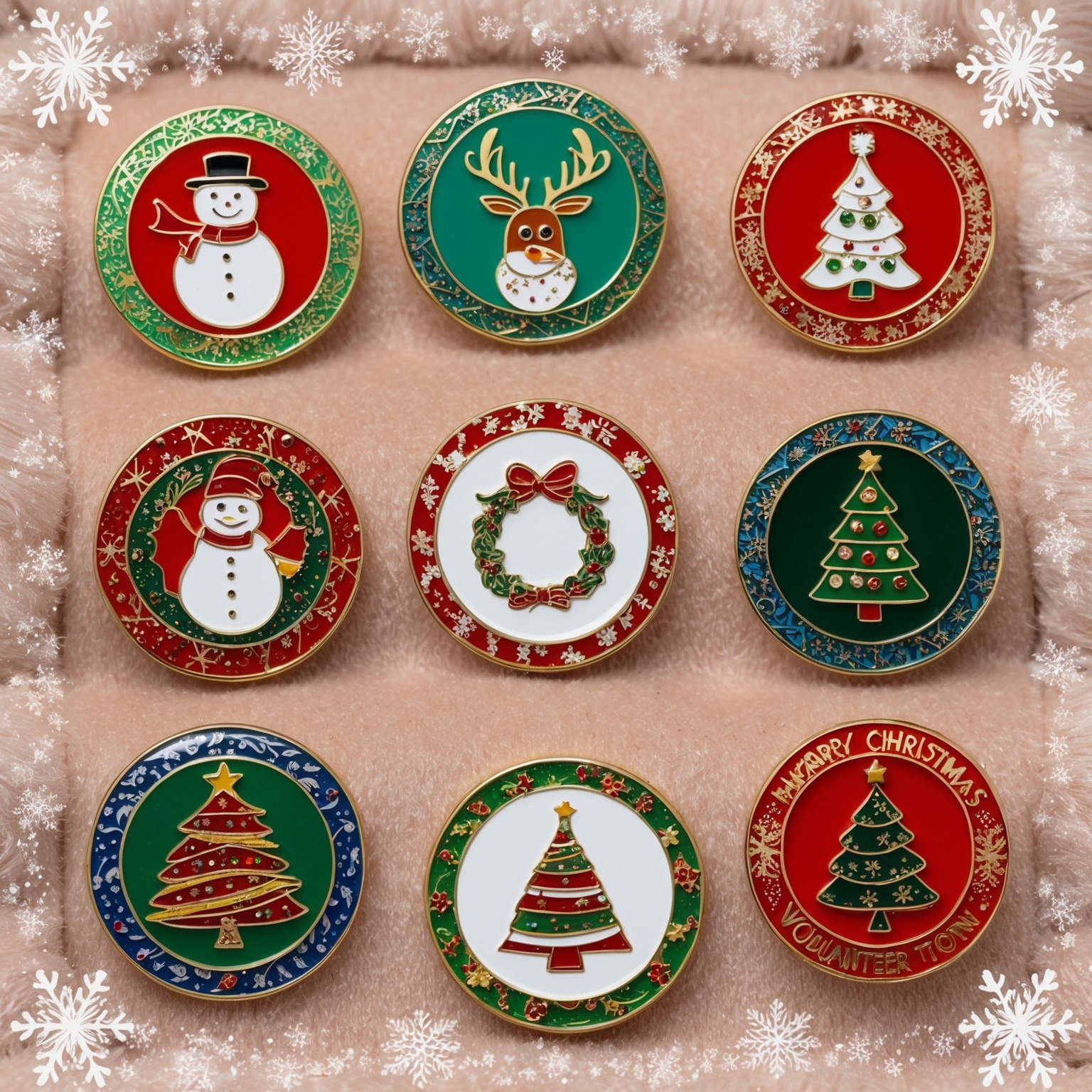Imagine you’re at a bustling trading pin event, surrounded by avid collectors and enthusiasts. The excitement is palpable, but so is the uncertainty. How do you ensure that the trading pins you’re eyeing are authentic? Whether you’re a seasoned collector or a newbie, identifying genuine trading pins can be daunting. But fear not! With these nine tips, you’ll confidently spot the real deal and elevate your trading game.
Trading pins are cherished collectibles in various communities, from sports teams to hobbyist clubs. However, with their popularity comes the challenge of distinguishing authentic pins from counterfeits. Knowing how to identify genuine trading pins not only protects your investment but also enhances your collecting experience. This article provides practical tips to help you confidently identify authentic trading pins, ensuring your collection remains valuable and trustworthy.
1. Know the History and Background
Research the Pin’s Origin:
Understanding the history and background of a trading pin is crucial. Authentic pins usually have a rich history associated with their release, including specific events, dates, and manufacturers.
- Example: Disney trading pins often come with a backstory tied to specific movies, characters, or theme park events.
Some might feel overwhelmed by the amount of research required.
Solution:
Focus on a niche or specific collection within the broader trading pin community. Specializing makes the research more manageable and enjoyable.
2. Examine the Pin’s Quality and Craftsmanship
Check for Flaws and Imperfections:
Authentic trading pins are typically well-crafted with attention to detail. Look for clean edges, smooth surfaces, and vibrant colors.
- Example: Disney pins are known for their high-quality enamel and precise details. Any rough edges or uneven coloring might indicate a counterfeit.
Concerns about distinguishing minor imperfections from significant flaws.
Solution:
Use a magnifying glass to inspect the pin closely. Familiarize yourself with known quality standards of the specific pin series you are collecting.
3. Verify the Manufacturer’s Markings
Look for Official Stamps and Logos:
Authentic pins often feature manufacturer’s markings, such as logos, serial numbers, or specific stamps on the back.
- Example: Authentic Olympic trading pins typically include the official Olympic rings logo and a serial number.
Some may find it challenging to recognize genuine markings.
Solution:
Create a reference guide of known markings and logos from trusted manufacturers. Comparing your pins to this guide can help verify authenticity.
4. Check for Authentic Packaging
Original Packaging and Certificates:
Many authentic trading pins come in original packaging or with certificates of authenticity. These can include details about the pin’s release and the event it commemorates.
- Example: Limited edition Disney pins often come in specially designed packaging with a certificate of authenticity.
Worried about pins without original packaging.
Solution:
While original packaging adds value, some genuine pins may not come with it, especially if traded. Use other identification methods to verify authenticity.
5. Cross-Check with Trusted Databases
Use Online Resources:
There are several online databases where collectors share detailed information about trading pins, including images and descriptions.
- Example: PinPics is a comprehensive database where collectors can verify details and cross-check their pins.
Concerns about the reliability of online sources.
Solution:
Use multiple sources to cross-verify information. Engaging with reputable collector communities can also provide reliable insights and advice.
6. Authenticate with UV Light
Inspect Under UV Light:
Some authentic trading pins have security features that are visible under UV light. This can include hidden markings or specific glows.
- Example: Certain limited edition pins might have invisible ink markings that only appear under UV light.
Uncertainty about using UV light for authentication.
Solution:
Invest in an affordable UV light device and learn about the specific security features used by reputable pin manufacturers. Practice inspecting a few known authentic pins to build confidence.
7. Analyze Weight and Material
Compare Weight and Feel:
Authentic pins are often made from high-quality materials, giving them a specific weight and feel. Counterfeit pins might feel lighter or flimsier.
- Example: Compare the weight of the pin in question with a confirmed authentic pin from the same series.
Difficulty in distinguishing weight differences.
Solution:
Use a digital scale to measure the pin’s weight precisely. Familiarize yourself with the typical weight range of authentic pins in your collection.
8. Seek Expert Opinions
Consult Experienced Collectors:
Engage with experienced collectors or join online forums and groups. These communities can provide valuable insights and help authenticate pins.
- Example: Disney Pin Forum is an active community where members help each other identify and verify pins.
Concerns about the credibility of online advice.
Solution:
Engage with well-established communities and look for collectors with positive reputations. Multiple opinions can help validate the authenticity of your pins.
9. Purchase from Reputable Sources
Buy from Trusted Sellers:
Purchase trading pins from reputable sources, such as official stores, recognized dealers, or well-reviewed online platforms. This reduces the risk of buying counterfeit pins.
- Example: Buy Disney pins directly from Disney stores or official Disney events.
Worried about higher prices from reputable sources.
Solution:
While reputable sources may charge more, the assurance of authenticity is worth the investment. Avoid deals that seem too good to be true, as they often are.
Conclusion
Collecting trading pins can be a highly rewarding hobby, but it requires vigilance to ensure authenticity. By understanding the history, examining craftsmanship, verifying markings, and utilizing trusted resources, you can confidently identify authentic trading pins. Embrace these tips to protect your collection and enjoy the thrill of acquiring genuine, valuable pins.
If you are interested in buying high quality custom trading pins, you can call us at 1-800-641-1299 or fill out a FREE quote here.







